Will The Port Strike Impact The Election?
Let’s Explore The Potential Political and Economic Ramifications
This morning, workers from the International Longshoreman’s Association went on strike, bringing traffic at US East and Gulf coast ports to a halt.
At PenguinEmpireReports we typically focus on energy. Yet, because of this strike’s potential major economic and political ramifications, here’s a brief summary of events and how it could play out.
The key element here is time. Since the union warned of a strike for months, many major businesses (that were paying attention) had the chance to stock up and order ahead of time. So, it could be a minute before the average consumer notices shortages or price spikes. This means that a quick and quiet resolution to the strike likely will have little impact and could be soon forgotten. Yet, the longer the strike lasts, the more of an impact it could have on the economy and - potentially - this November’s Presidential election.

What’s Not (Directly) Impacted: Cruise Ships and Military Supplies
According to a September 25th post on the union’s website, “The International Longshoreman’s Association’s 85,000 members will continue to honor its century-plus pledge to handle all military cargo, even if there is a coast wide strike beginning next Tuesday, October 1, 2024. The union will also continue to work passenger cruise vessels.”
Ports Impacted
The strike is between the International Longshoreman’s Association and the USMX (United States Maritime Alliance). The Alliance is a non-profit that represents US Gulf and Atlantic port operators, but it does not handle West Coast ports.
Here is a screen shot from the Bureau of Transportation Statistics’ January 2024 report on US Port Performance highlighting the location of the US’s top 25 ports by total tonnage. I also highlighted two key ports, one in Georgia and the other in Pennsylvania. More on that later.
While this map does make it look like the east coast dominates by the number of top ports, Los Angeles is a massive port, along with other smaller ports along the west coast. In total, freight volumes are nearly evenly split between the west and east ports.
Can Cargo Re-Route Through the Panama To West Coast?
For re-routed ships, the most direct path would be through the Panama Canal. But, Panama recently witnessed a drought. And because the canal uses locks to LIFT ships up and over the continental divide, each ship passage uses fresh water. Of course, when it doesn’t rain as much, there isn’t as much water to run the locks. And so this drought slowed daily crossing substantially down to just above 20 ships a day in 2023. But even with the re-bound in traffic this year, the Canal has only 35 slots a day for ships.
And then there’s a matter of the US rail network. With the east coast ports built to handle around 1/2 of the nations shipping, it’s hard to drastically and quickly shift that much volume overnight to the other half of the country.
Key Issues
The most recent 6-year contract between the USMX and ILA expired on Sep 30, 2024 after negotiations over wage increases and port automation broke down.
Back in 2018, the dock-workers agreed to a 6-year contract. Here is a link to the now-expired contract. Under the previous contract, dock-workers’ starting wages were $20 an hour in 2018. In 2024, they still were $20 per hour. Here is a table of base hourly earnings by years of service based on the now expired contract documents obtained from the AP.
While some employees working overtime can bring in as much as $200,000 per year in pay and benefits (according to the AP), the top hourly worker could earn $35 in 2018 but now earns $39 in 2024. That is an ~11% increase over 6 years. Meanwhile, the US inflation over that time period went up 24%, according to the US CPI.
If we look at housing, according to the St Louis Fed, in late 2018, the median US house sold for ~$330,900. Yet as of the middle off 2024, the median house sold for around $412,300 which roughly translates to a 25% increase.
To make up for the previous 6 years of inflation and to get ahead of future inflation, the union is requesting a 77% wage increase over the next 6 years. However, according to the WSJ, port-operators offered an increase of 40% over 6 years and then upped it to 50%.
In addition, dockworkers request a ban on automated cranes and other equipment that could potentially displace some jobs. On the other hand, automation could make loading and unloading times faster, potentially making US ports more competitive with Mexican and Canadian ports.
How Much Will This Cost?
We don’t really know yet because the longer the strike goes on, the more impact it could have on inflation. JP Morgan estimates that the strike could cost upwards of $3.8 billion to $4.5 billion a day but the impacts won’t be spread evenly. One area of impact will be autos, as Baltimore Harbor is one of the largest ports of entry for new light trucks and cars, processing around 34,000 vehicles in July (according to the WSJ). Of course, if the strike ends quickly, some of that impact could be reversed.
It’s All About Battleground States
With the Presidential election just over 1 month away, this creates a massive political headache for President Biden and Vice President Harris. Harris, as you know, is the Democrats nominee for President and she is in a deadlocked race against Republican nominee, former President Trump.
In the U.S., the president is elected by the electoral college with each state getting votes based on how many Senators and Representatives it has. So, the presidential election is about winning states (usually).
Two battleground states that Trump won in 2016 but narrowly lost in 2020 to Biden are…. Georgia and Pennsylvania. And whoever wins those states could determine the 2024 election.
Guess where some of those port workers are striking? Yep! Those same battle ground states!
According to the polling averages from Real Clear Politics (if the polls are to be believed) both Pennsyvania and Georgia are, effectively tied or give razor thin edges to Trump (but well within the polling margin of error so the edge could be just statistical noise).
Here is Pennsylvania:
And here is Georgia. Notice how razor thin this race is!
This morning, Republicans in the U.S. House sent a letter to President Biden. According to the letter, “The Taft-Hartley Act empowers the President to restore operations at our Nation’s ports and bring parties back to the negotiating table to resolve their differences.”
While the President could attempt to compel both the union and the port operators into negotiations and reopen the ports, it puts Democrats in a precarious political position.
If Biden, a Democrat, angers and compels the unions back to work, he risks eroding what traditionally has been a reliable base of democrat support. However, as a recent Teamsters polls showed, that traditional support appears to be eroding. And with his Vice President Harris locked in a tossup race in both Georgia and Pennsylvania, a few thousand votes could swing those states to Trump, and possibly, the entire election.
Yet if the strike drags on and consumers start to feel the pain, this could also tip undecided voters towards Trump as Vice President Harris is part of the current Administration and Biden’s choices impact her.
Either way, Biden and Harris have a political gauntlet to run. However, if Vice President Harris manages to find a way to take credit for a quick and quiet resolution that benifits the unions, it could help stop the errotion in support.
But we’ll see. And right now, all bets are off.
Additional Reading
We’ll close by leaving you with a link to the US Department of Transportation Port Profile to browse around and get a deeper idea of the main cargo by port.
That’s all for now and thanks for reading.


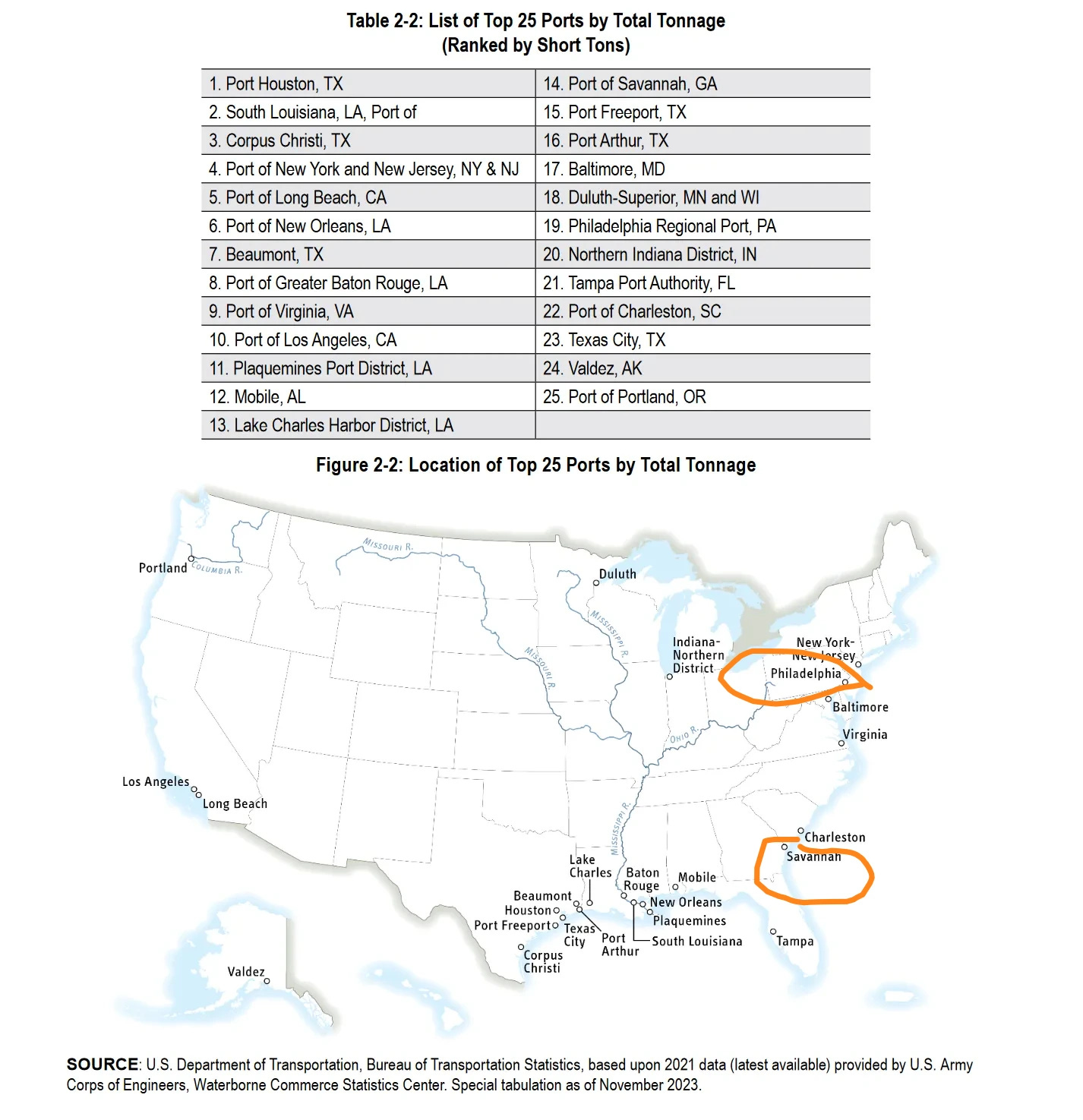
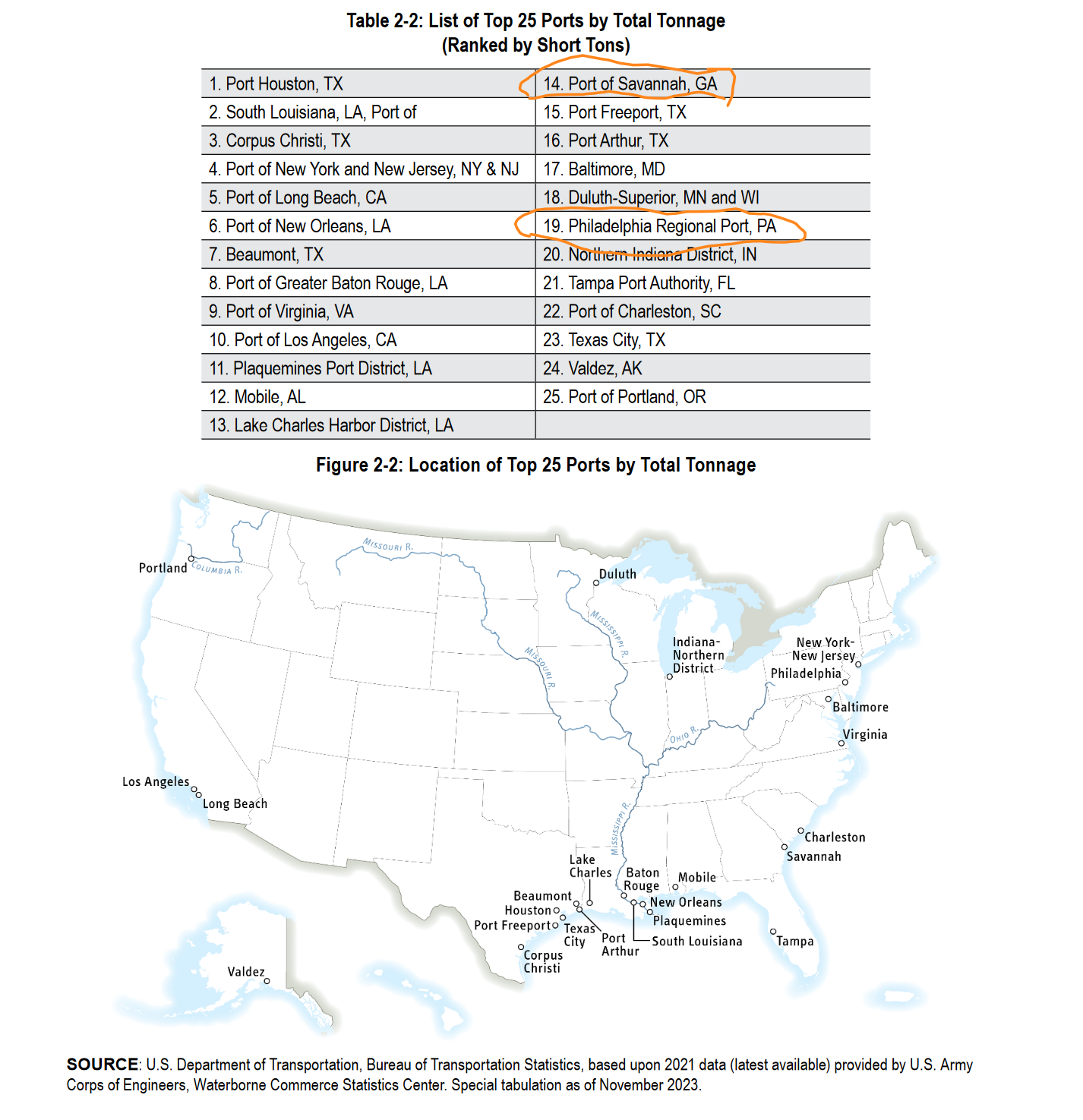
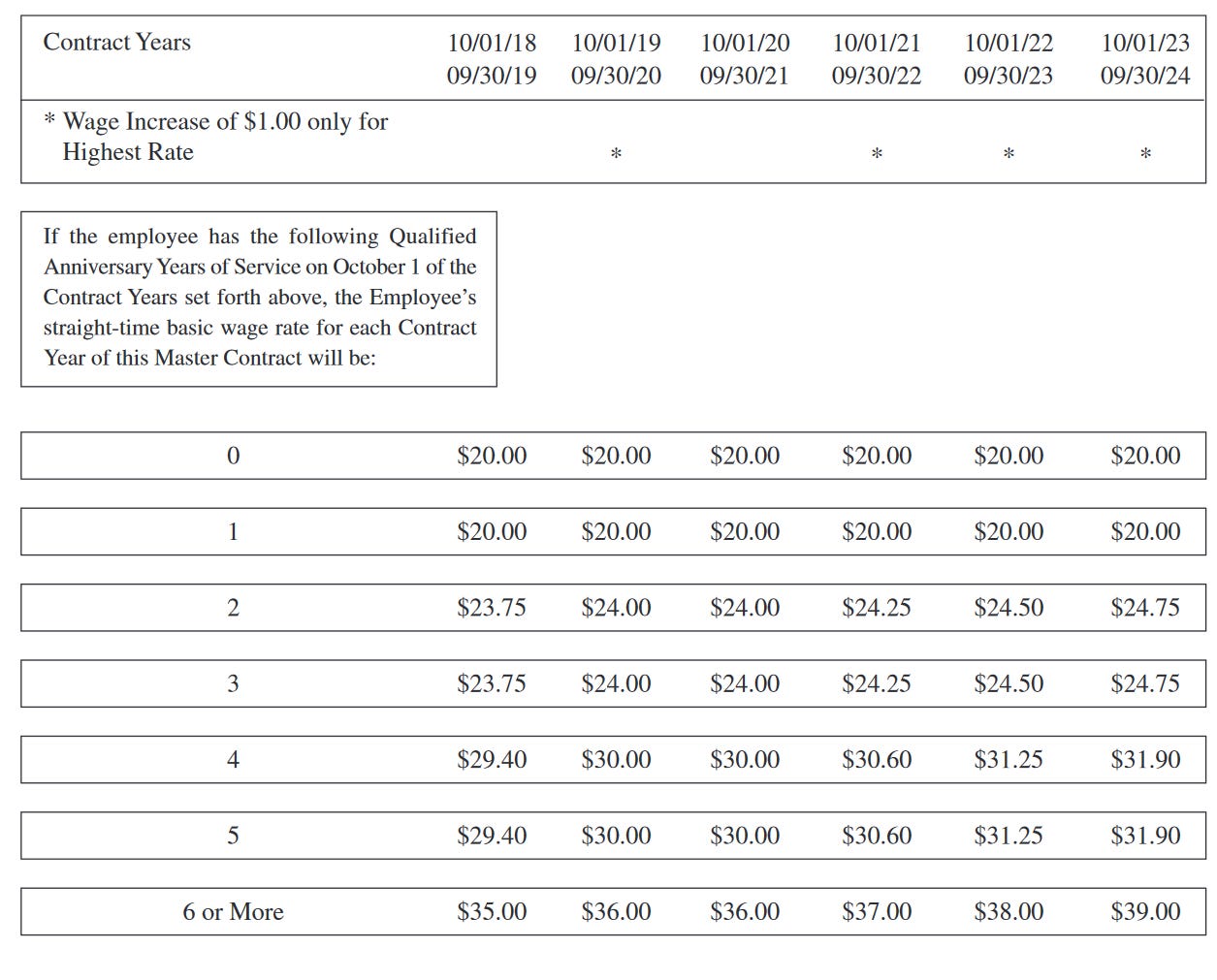
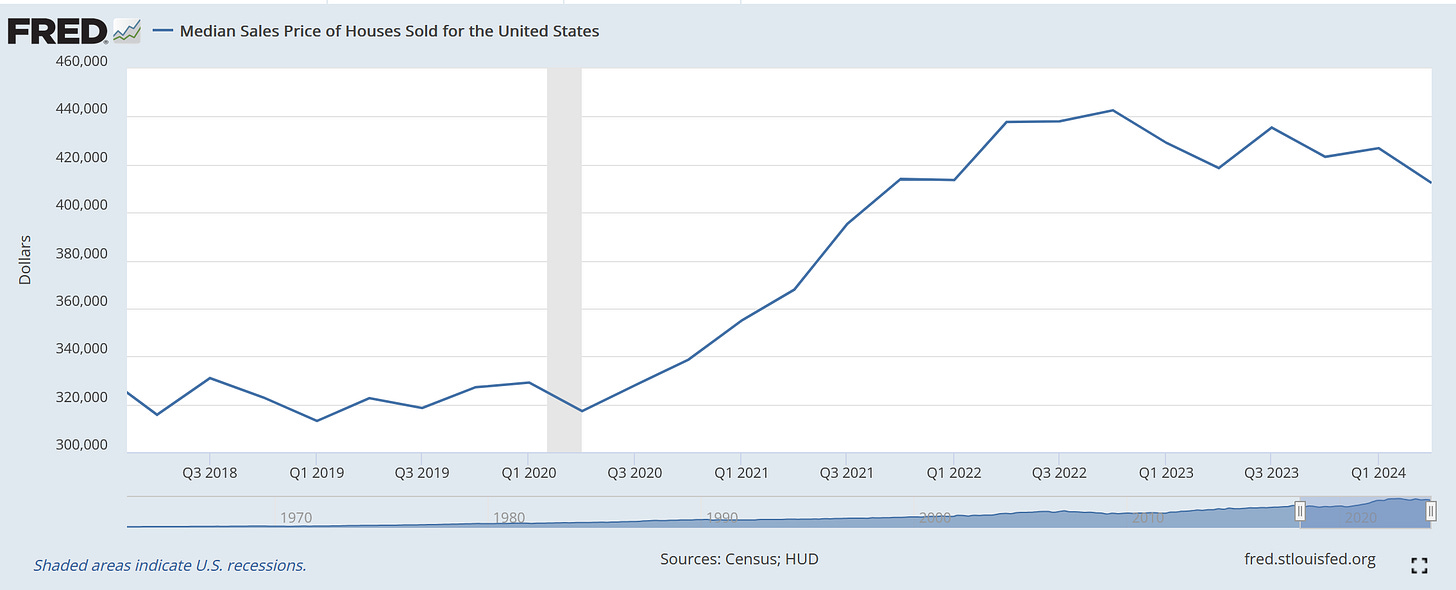
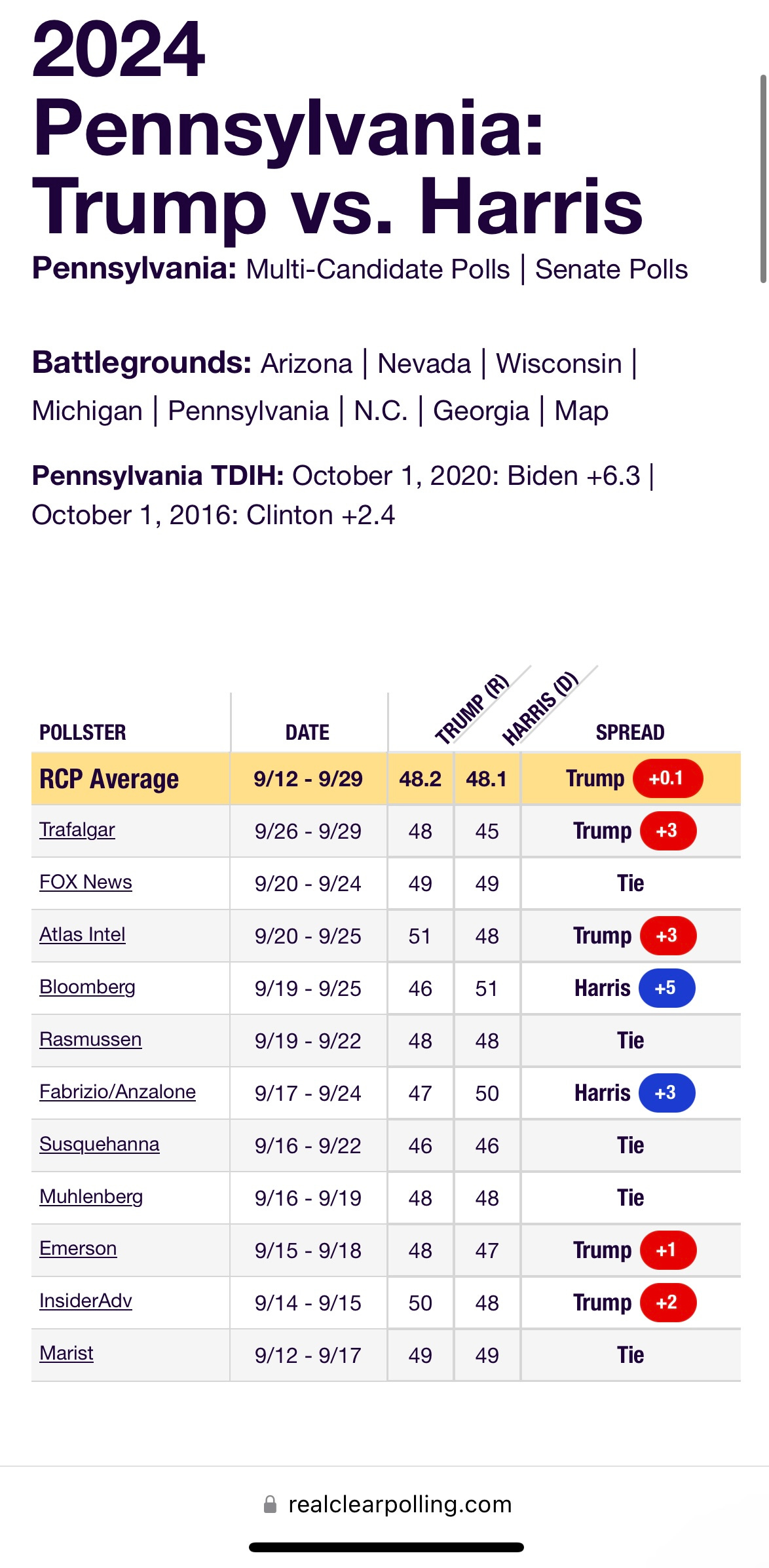
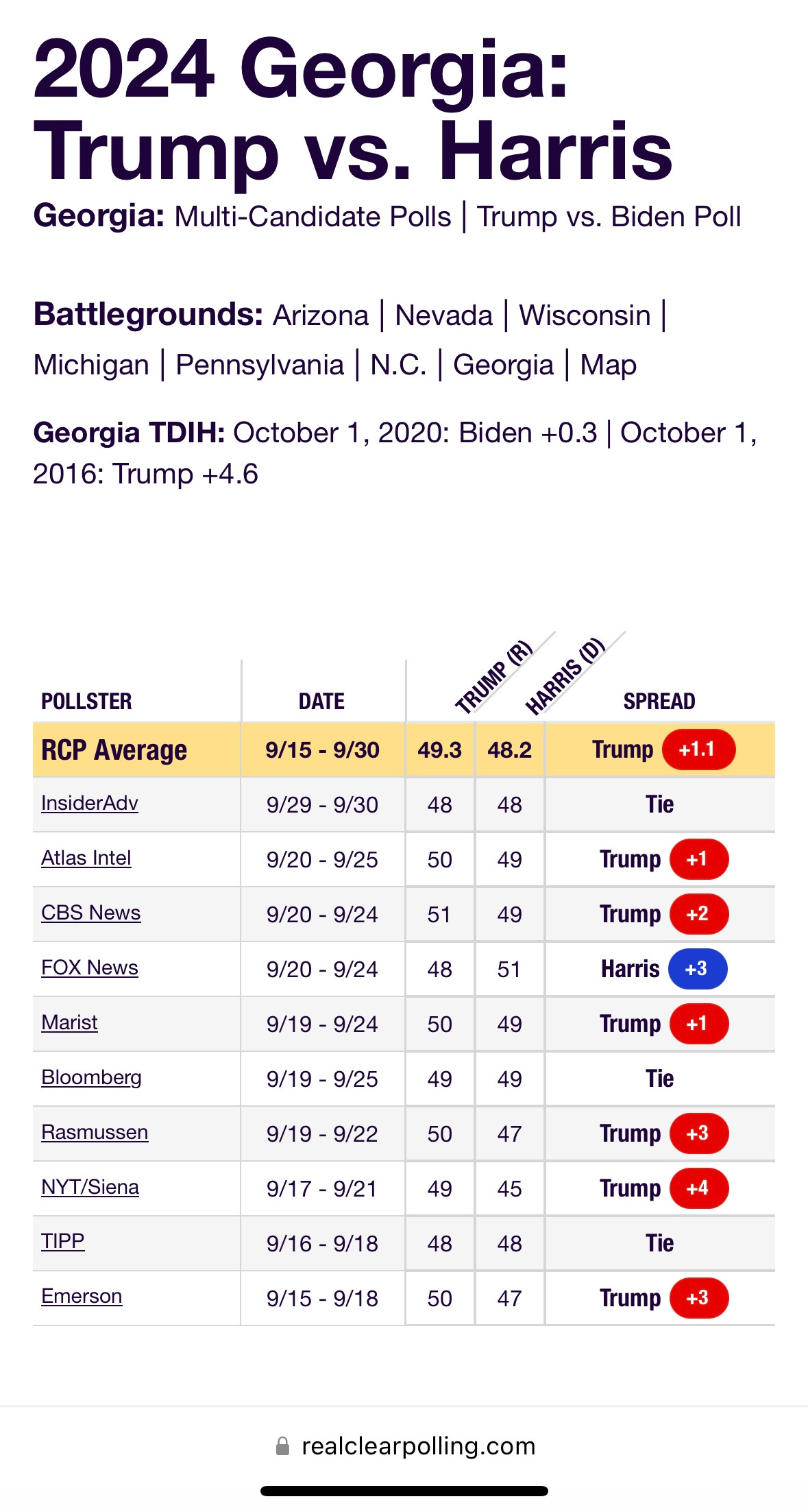
Nice explanation. It would be remarkable if Harris were able to do anything effective in this situation given her history of doing nothing effective throughout her career.
Automating the ports like you said potentially could help productivity. Most people who really look at the issue say getting cargo out of the ports is a bigger issue for that. (Can't unload ships if the docks are full of containers!)